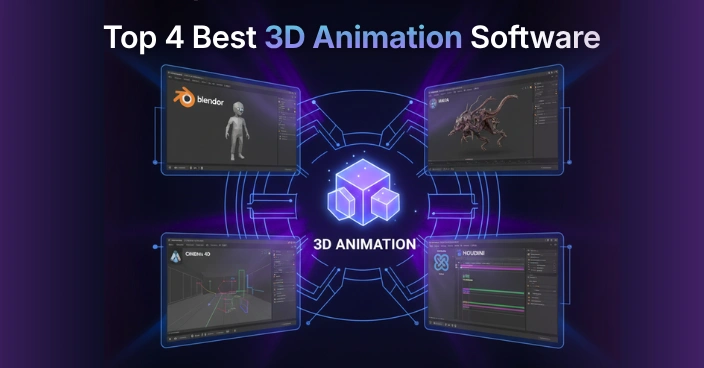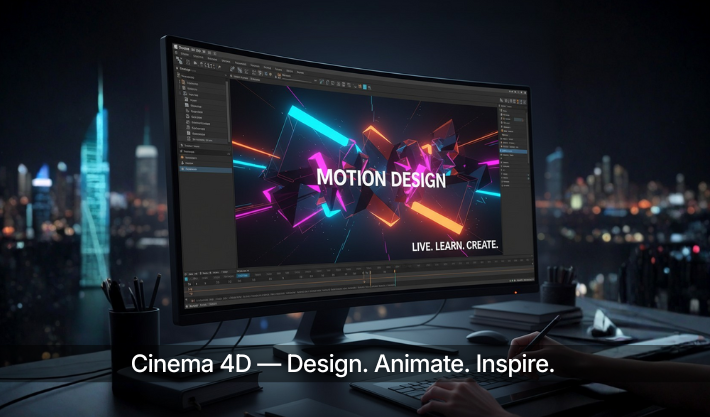

Are you ready to disrupt with AI? Join our Hackathon today! Click to Register
By WebOsmotic Team | Published on November 11, 2024
Summarize Article

Table of Contents
ToggleEntering the domain of 3D animation may confuse some tools to choose from. Ranging from working on slight animations of characters to entire pictures, 3D animation applications help the artist to realize most of his imaginative ideas. The only question is, which one will suit you best?
Here’s a guide to the best 3D animation software available today, whether you are a beginner, professional, or somewhere in between. In this blog, we will cover the top 4 best 3D animation software and its best uses.

Major Points:
Ideal For: Those who need a powerful and flexible 3D animation program but are not ready to spend a fortune.
Autodesk Maya is a high-end, industry-standard application that is used by various animation companies around the globe. As capable as it is, Maya proves to be a suitable software when it comes to complex animation work, character modeling visual effects, and so on. Despite having a steep learning curve, this is the software to use when looking to achieve 3D animation of professional quality.
Key Features: –
Best For: Professional animators and studios focused on large-scale animation projects in need of high-end industry-grade animation tools.

Maxon’s Cinema 4D has become one of the most good 3D animation software options thanks to its intuitive interface and user-friendly approach. This software is excellent for motion graphics, making it a go-to for animators in fields like advertising, graphic design, and multimedia. Cinema 4D is known for striking a good balance between being easy to learn and offering professional capabilities, hence its popularity among animators of varying degrees of experience.
Key Features:
Best For: New and intermediate animators, mainly in the molding deformation.
SideFX Houdini is a 3D animation and visual effects software used mainly in the television and game industries. It is a node-based computer graphic application and is known for creating simulations for liquid, fire, smoke, and other natural phenomena. Although the learning curve of Houdini is slightly steep, it is the best software to create 3D animation thanks to its advanced visual effects capabilities.
Key Features:
Best For: Advanced user or studio concentrating on the creation of high-quality simulations and detailed visual effects in cinema, television, and video games.
The final determination on which 3D animation software to select lies in the individual’s purpose and experience. Here’s a summary:
All of the aforementioned alternatives are undoubtedly among the most efficient 3D animation programs available today, each of which has its respective advantages capable of accommodating a particular approach or type of project. Regardless of whether you are working on a short animated film or a more extensive visual effects sequence, ample features are available in these applications that shall assist in executing your 3D animation ideas.
Whenever you have to enhance your creativity, whether for your projects or work purposes, selecting the most suitable 3D animation software is paramount. This is the case especially when we consider Blender, Maya, Cinema 4D, and Houdini as they have distinct benefits that are directed to various capabilities and needs. Beginners and budget-conscious individuals are best suited for Blender while those who want access to superior features are Maya users.
Cinema 4D is a widely accessible program, especially in motion graphics, whereas Houdini trends towards complicated simulations and animations. In the last analysis, it became the most preferred software contingent on your needs in a particular animation. It can easily reach your level of expertise, and the prevailing requirements of every project.
Unlock exclusive insights and expert knowledge delivered straight to your inbox